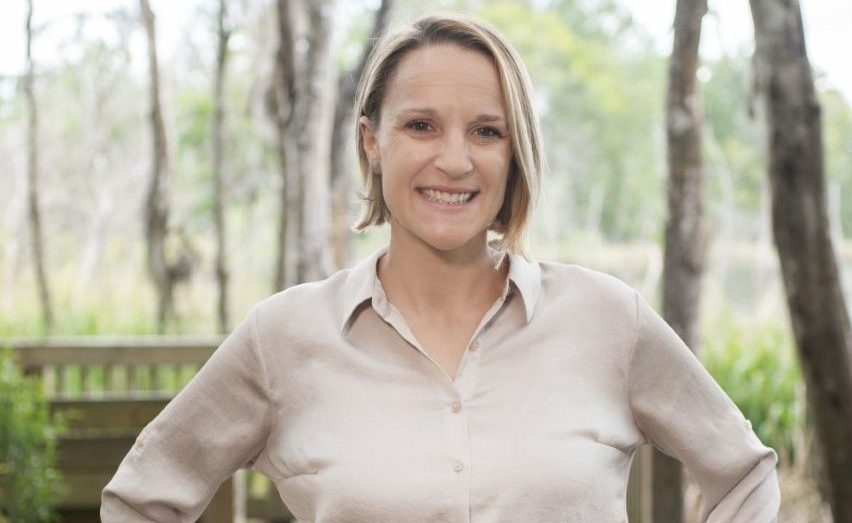
Dear Friends and Colleagues,
Spring has sprung here in North Florida, bringing a sense of growth and renewal. Nothing says possibility like the gorgeous red flowers blooming on the Amaryllis in my garden!
Here at the Center for Coastal Solutions, we’re also growing and changing. This month, we’re delighted to introduce our new newsletter, Coastal Edges, in which we’ll be bringing you the latest research findings and news on water quality, climate and coastal resilience, project highlights, team profiles, CCS announcements, and more.
A huge thanks to our collaborator Dr. Ray Carthy, a unit leader of the Florida Cooperative Fish and Wildlife Research Unit at the University of Florida, who inspired the new name.
As Ray notes: “Edges are important. It’s where a lot of change happens, a lot of transitions.”
The edge is where you’ll find the Coastal Solutions Center: Whether at the leading edge of science and solutions for tackling coastal hazards or at the water’s edge where many of us work and play (you’ll also find us on and in the water!). Our researchers are integrating novel research, monitoring and modeling techniques to understand and predict what’s happening in our waterways, and they’re building advanced tools that help decision-makers reduce risk and conserve our coastal ecosystems. This work is vital to keeping the Florida coast livable in the coming decades, and being part of a team that’s providing the best science available to make that happen inspires me every day.
I hope you are inspired by this edition of Coastal Edges, which features a novel study recently published in Nature Communications about the important role of mussels, as animal ecological engineers, in protecting salt marshes against rising sea levels. The section ‘Science in Action ‘ gives you the latest updates on CCS projects – from ‘green solutions’ to using AI to predict red tide blooms more accurately – that are making a difference in communities throughout Florida. You’ll also find updates on the vital work of collaborators, comings and goings at the Center, and profiles of the talented people who make it all possible.
Like spring, the people at CCS and the possibility that we can provide decision support that helps protect our coastal ecosystems and communities, make me optimistic about the future. “Where flowers bloom, so does hope.”
Christine Angelini
